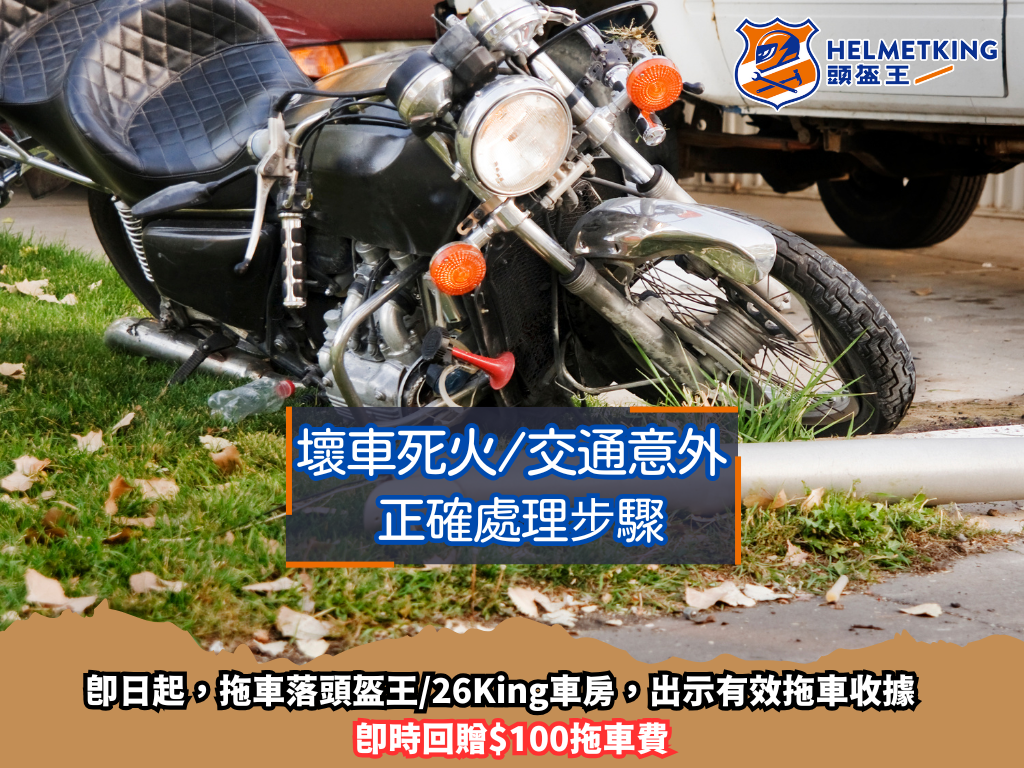
[Knight Completion Plan] Procedures for Breakdowns and Traffic Accidents
on 2025-12-11
2023-04-26
Worst case scenario, best preparation" is an important mantra for every rider, and all safety preparations begin before you ride your beloved motorcycle. As a newly licensed rider with a new motorcycle, it is essential to establish good habits and perform a safety check before each ride. It may sound troublesome, but it only takes the time it takes to smoke a cigarette (5 to 10 minutes) and a small set of tools to reduce the chance of "kneeling down" on the road. Moreover, by maintaining a regular inspection habit, you can easily detect any abnormalities in your motorcycle and address them early on.
The importance of tires for rider safety goes without saying. During a safety check, the first thing to check is whether there is any abnormal wear or punctures on the tire surface, and whether the tire tread depth is sufficient and the metal wheel rims are undamaged. Then check the tire pressure. A tire that is leaking air up to 20% is not visible to the naked eye, but it will seriously affect performance during riding. Many riders simply press the tire edge with their hands to evaluate whether there is a leak based on its hardness. However, if you are planning to engage in high-speed and intense riding, Helmet King strongly recommends using a tire pressure gauge to ensure that the tire pressure is maintained at the optimal level.
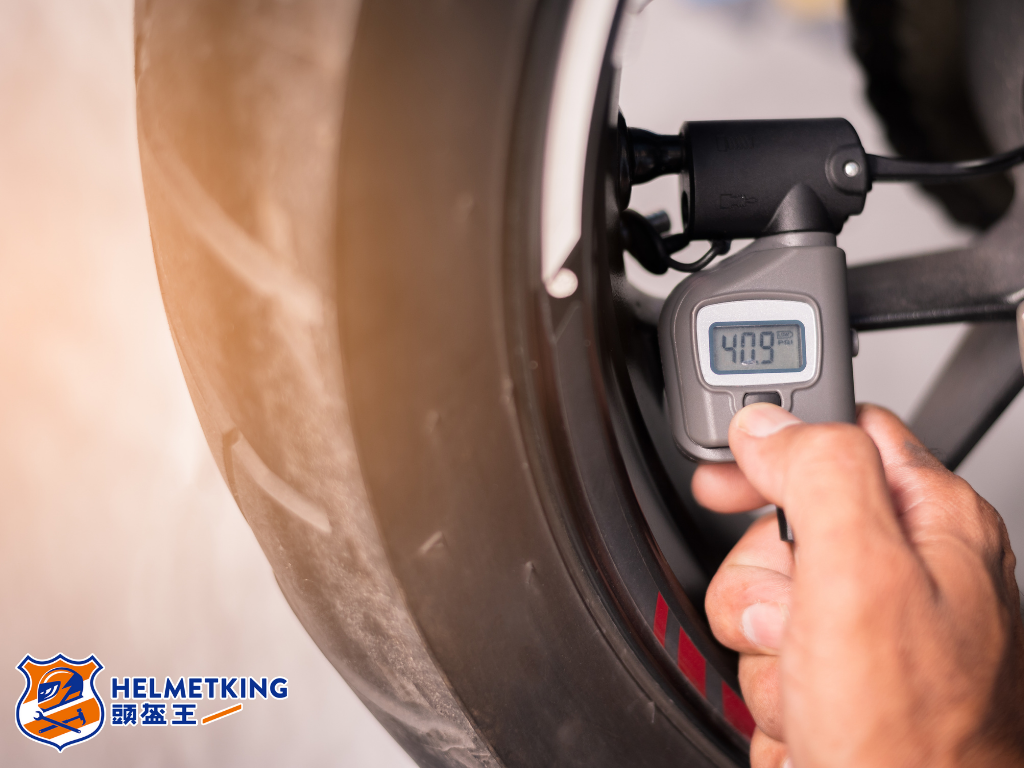
Twist the bolts of the axles, shock absorbers, engine, rear footrests, and exhaust pipes by hand to ensure that there is no looseness or displacement, and pay attention to whether there are any oil stains on the surface. Grab the body and the front cover and gently shake them to test whether the components are tightly connected. Check the handlebars and cow horns, and adjust the clutch cow horn if necessary. Check the throttle and clutch cables. If any component is loose or missing, you can purchase and tighten it according to the specifications of the motorcycle model and the component. If you are unsure about anything, Helmet King suggests that you contact our garage (https://helmetking.com/pages/garage (https://helmetking.com/pages/garage)) to have a professional team inspect it for you.
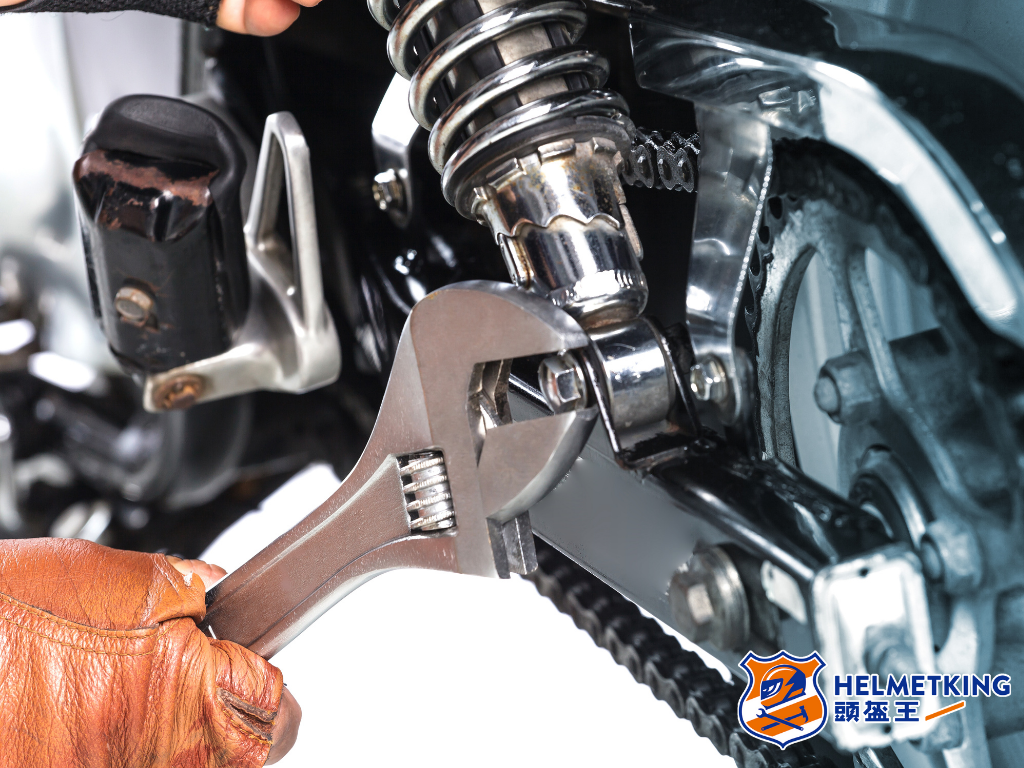
In the case of a cold motorcycle, unscrew the engine oil cap and remove the dipstick to check the oil level (if the lighting conditions are insufficient, you can place the dipstick on a piece of tissue paper to observe the oil stain). Alternatively, observe the oil level mirror simply. Visually inspect the oil level in the brake oil reservoirs and check for any oil leaks. Then press the front and rear brakes and check whether there is any abnormal feedback. Finally, open the oil cylinder and check for rust or other foreign objects.
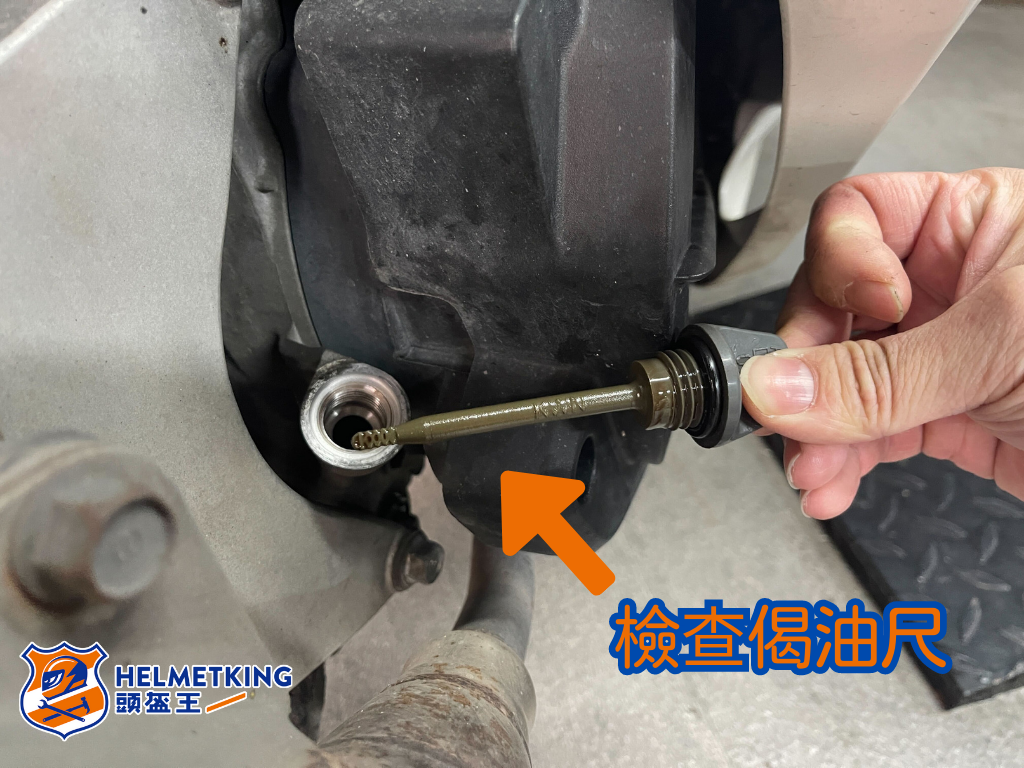
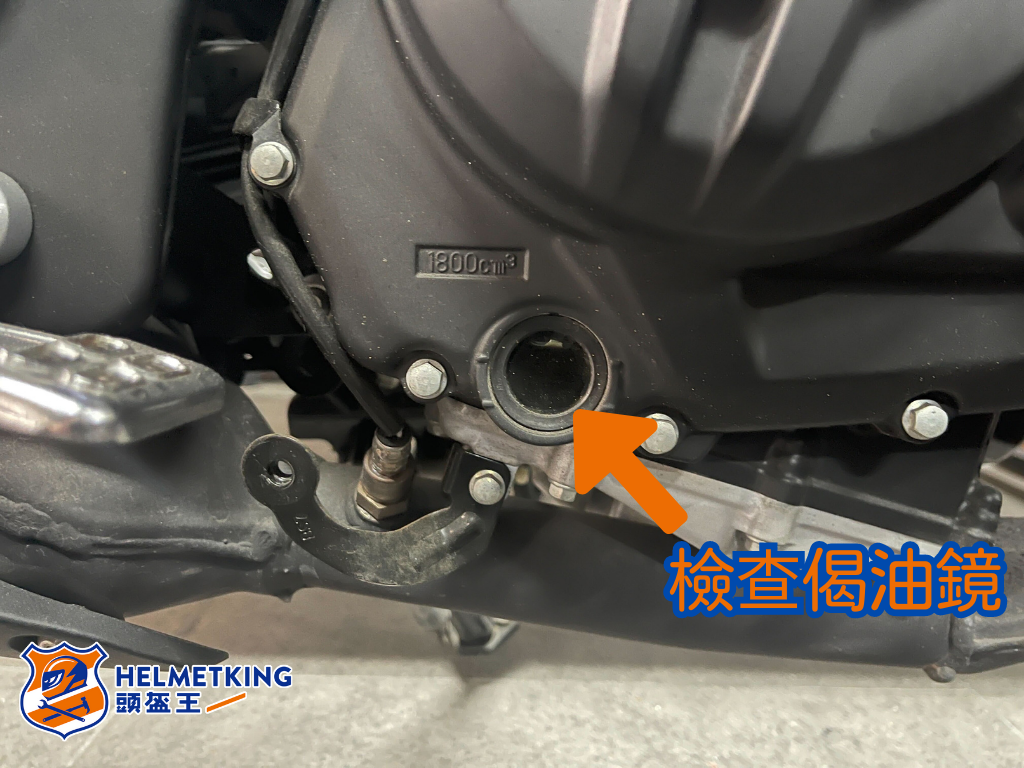
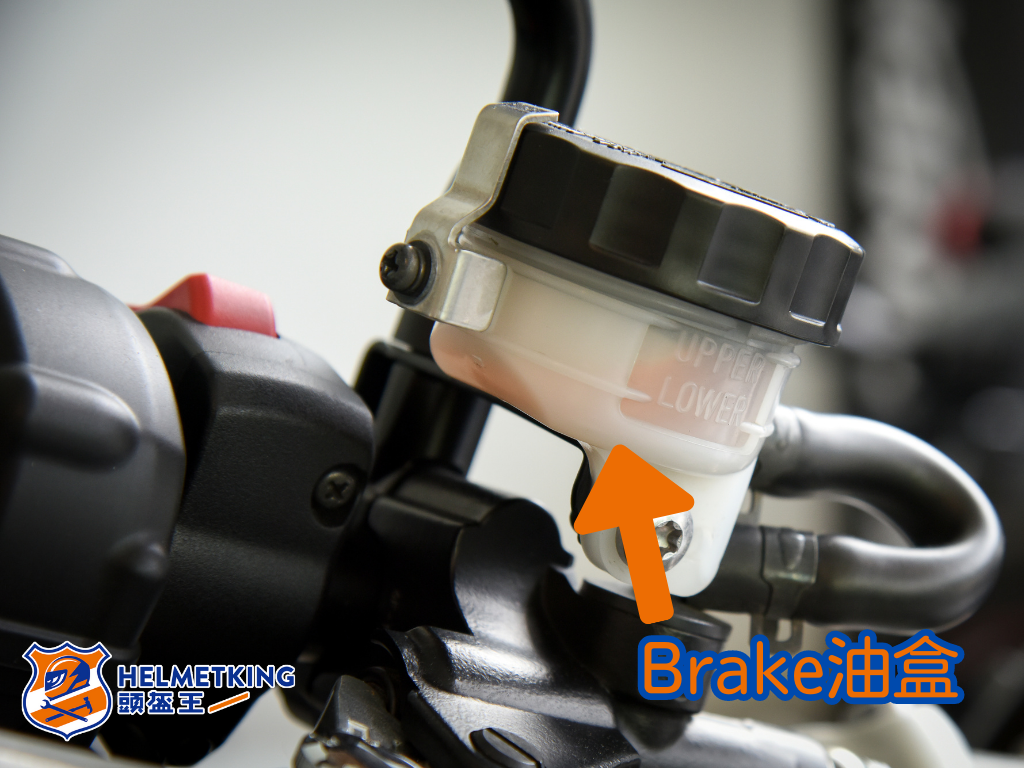
Like the rubber on the tires, the hoses on the motorcycle body can also be damaged and rupture, causing oil leaks. Take a little time to visually inspect the brake pipes and radiator hoses along the body, and use your hands to lightly touch them to ensure that the surface remains smooth and there are no bulges, ruptures, or wear. Finally, gently shake it to ensure that both ends of the hose are securely fastened.
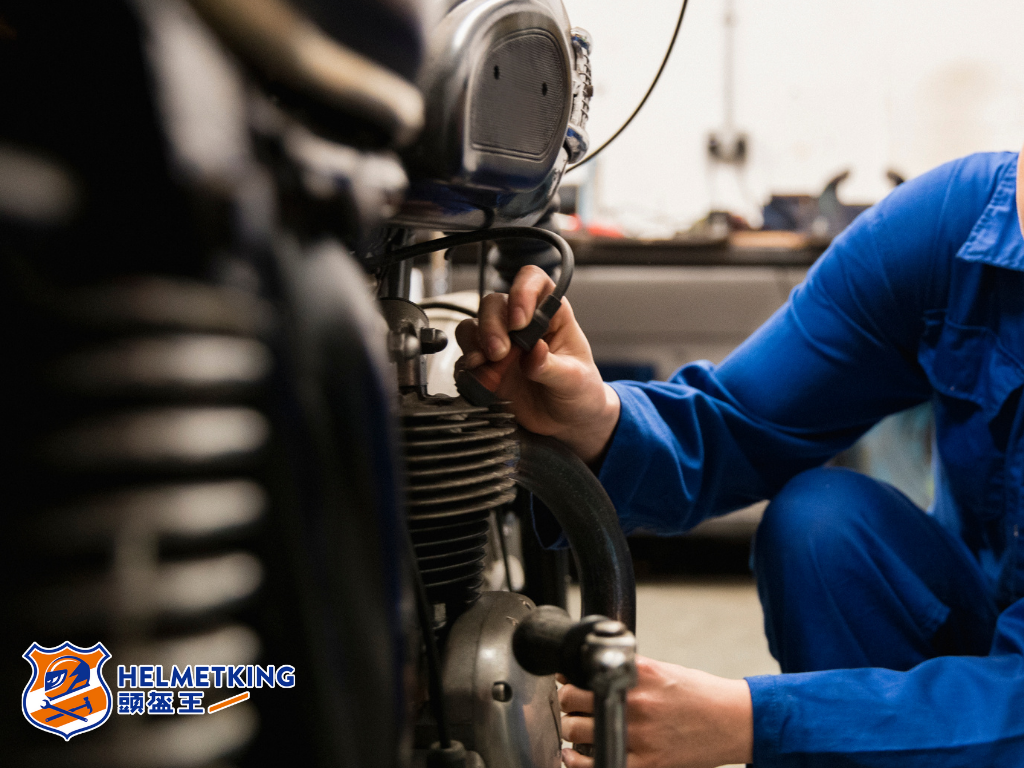
Check whether the front shock absorbers are damaged or dented, whether the fork legs (the smoothest metal parts) have scratches or unnatural bends, and then use your hand to lightly touch along the fork legs to see if there are any residual oil stains. You can also use a cleaning cloth to wipe the fork to remove dust and dirt and perform maintenance inspections.
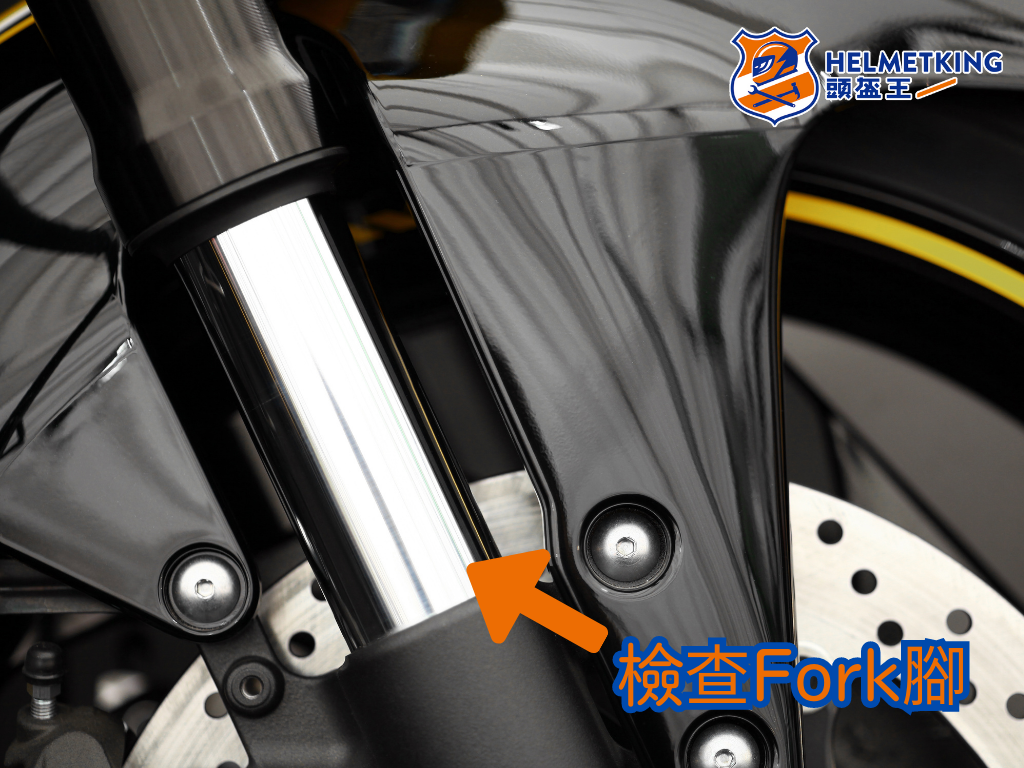
Finally, make sure that all the vehicle lights are operating normally. Press the front and rear brakes to see if the brake lights are on. Then check the turn signals, hazard lights, and ensure they flash synchronously. Finally, check the headlight to see if its illumination level is too high (giving other road users a "solar punch" is very annoying) and whether there are any foreign objects or excessive moisture inside the lampshade. If everything is normal, then start the motorcycle and hit the road!
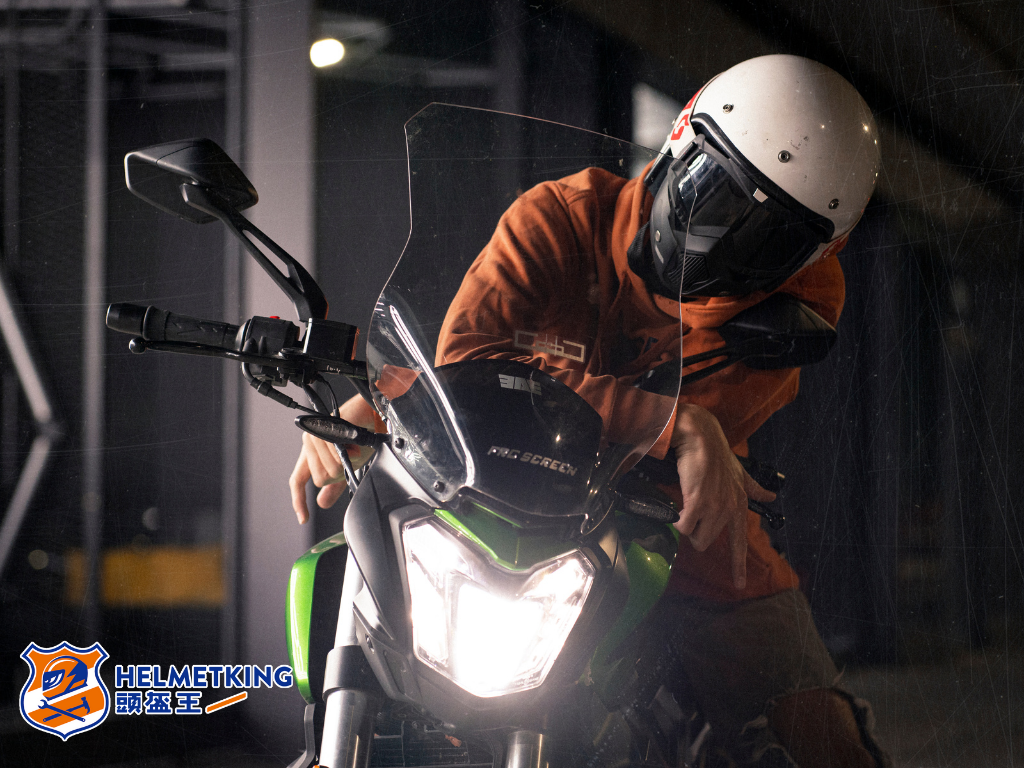

on 2025-12-11
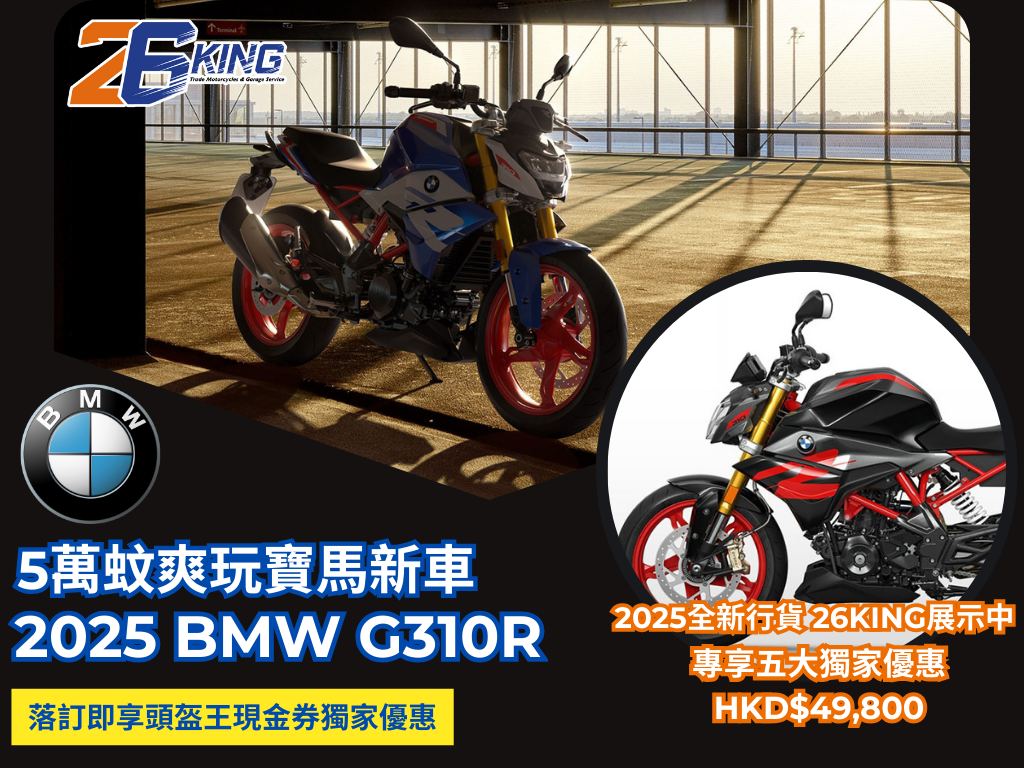
on 2025-12-07

on 2025-12-04
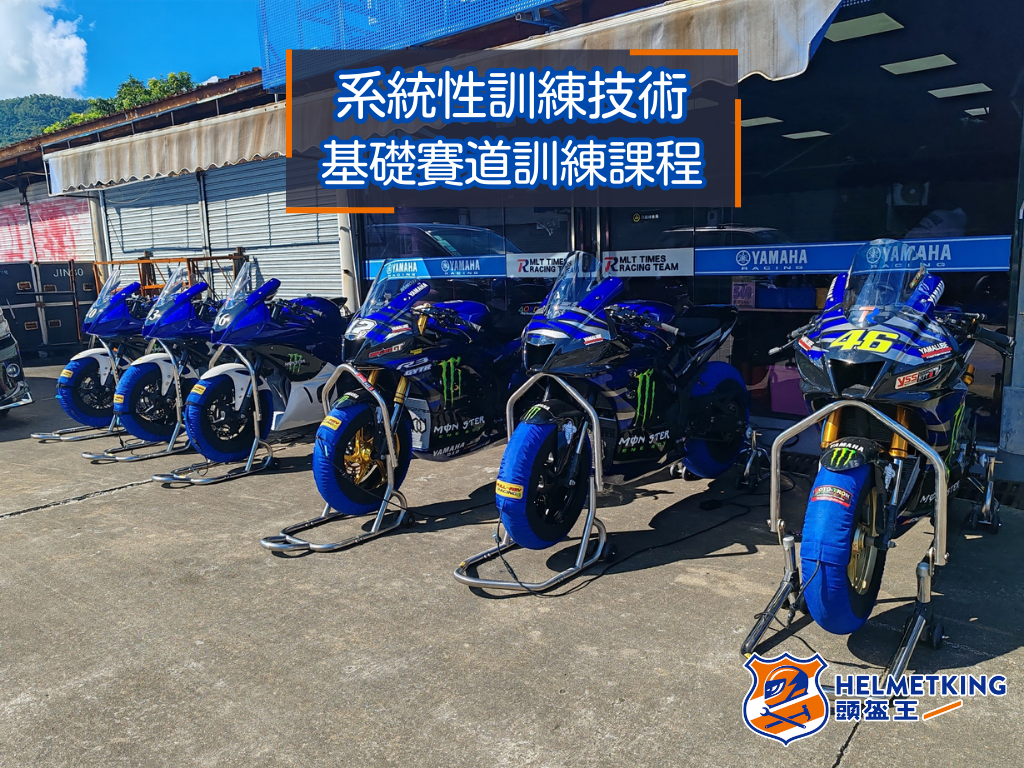
on 2025-11-29
